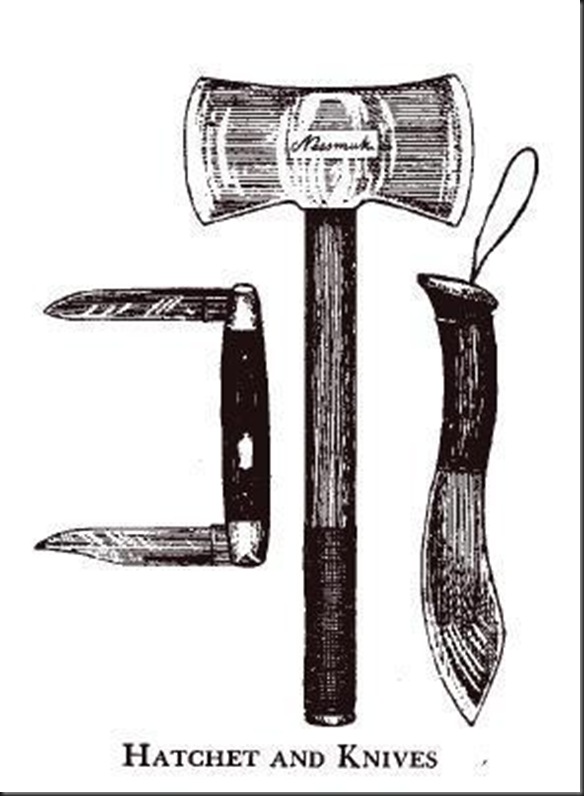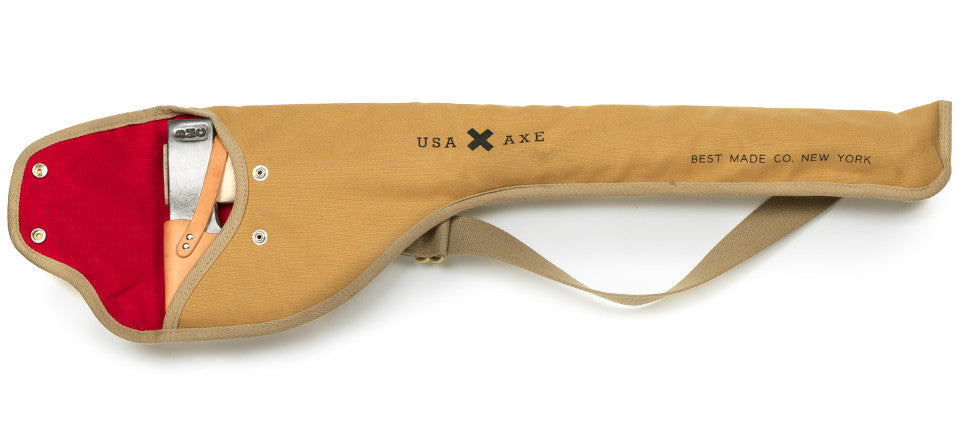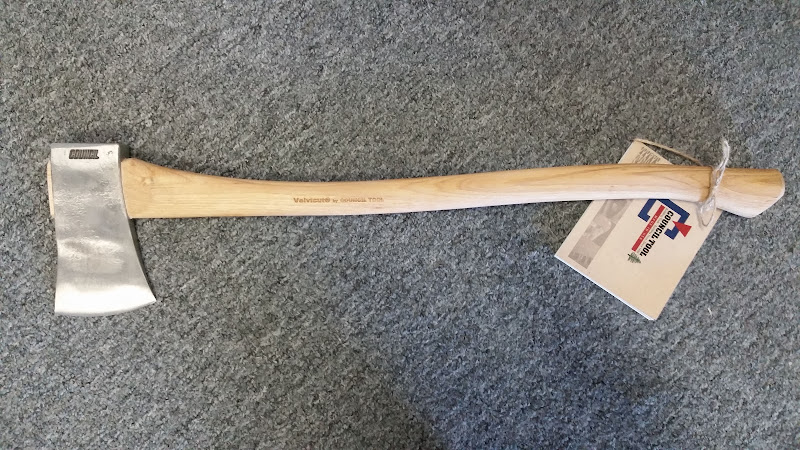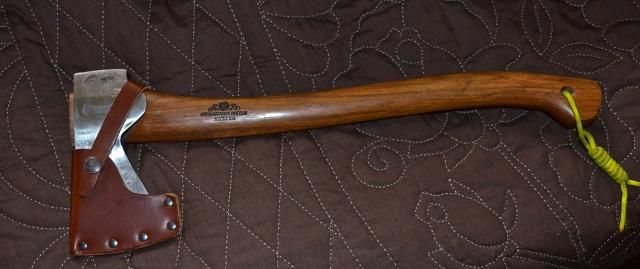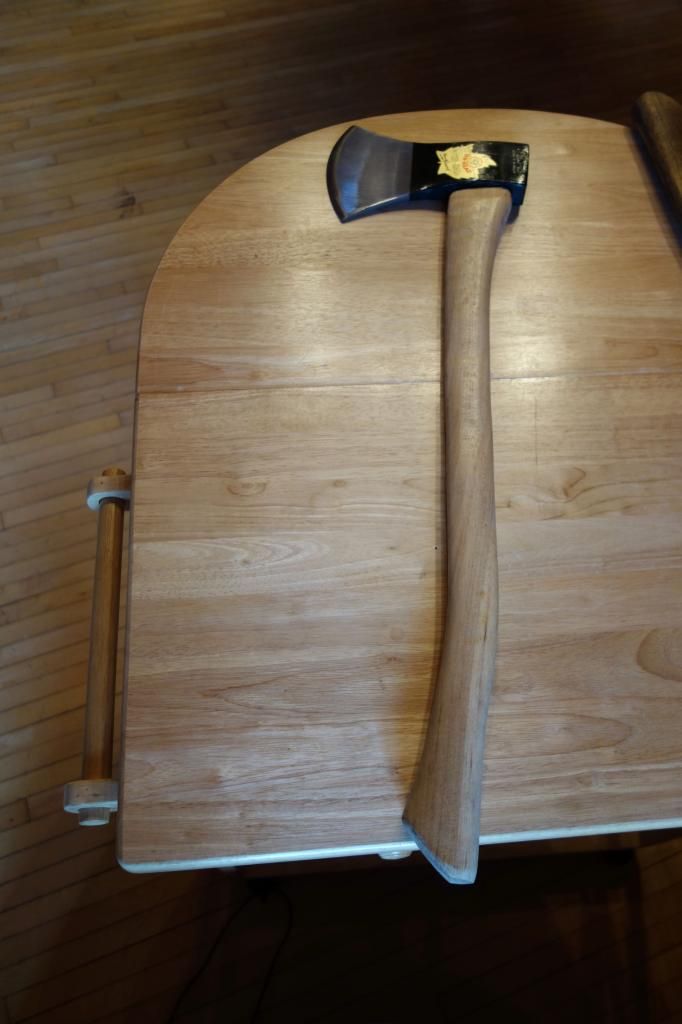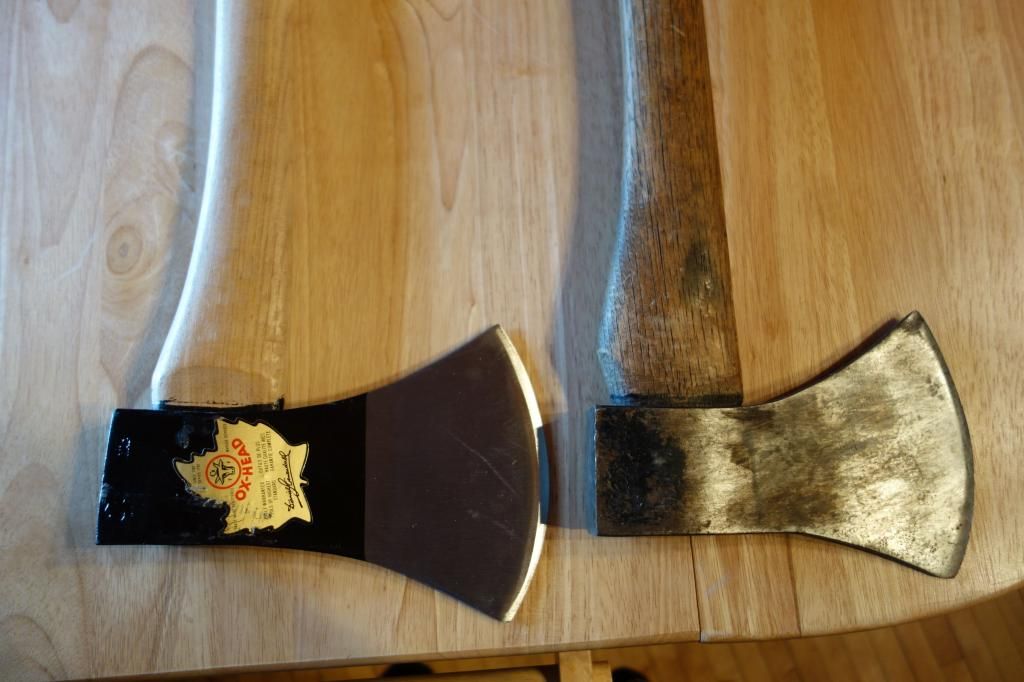Looks like a fine choice Glenn. You have me thinking I want one now, to add to my collection of 8 or so axes. I will have many fine axes to give to youngsters and friends when I expire, or just before

Unlike others, I actually like the black forge finish on my axes, so I think I would work on applying a deep dark patina to that shiny metal!

Those handles look very pale, which makes me think they are thirsty for oil. I know the new GB's, although oiled at the factory, arrive very dry and in need of more oil, which they soak up readily (boiled linseed oil). Never hurts to apply another coating when you get it. Winter with the low humidity is the best time to treat axe handles with oil, when the handles are at their driest.
Note: I assume you know this, but just in case and for the record, NEVER place a used rag of linseed oil in the house or garage. It can spontaneously combust. I burn rags of linseed oil in my wood stove, or store them in a tub of water outside until I can dispose of them by drying on the lawn or driveway away from anything combustible, and then burn them when convenient.

